For the past 25 years, Amazon Conservation has worked on the ground in Peru and Bolivia.
Our focus on protecting wild places, empowering local people and putting science and technology to work has been shaped by the people and land where we began.
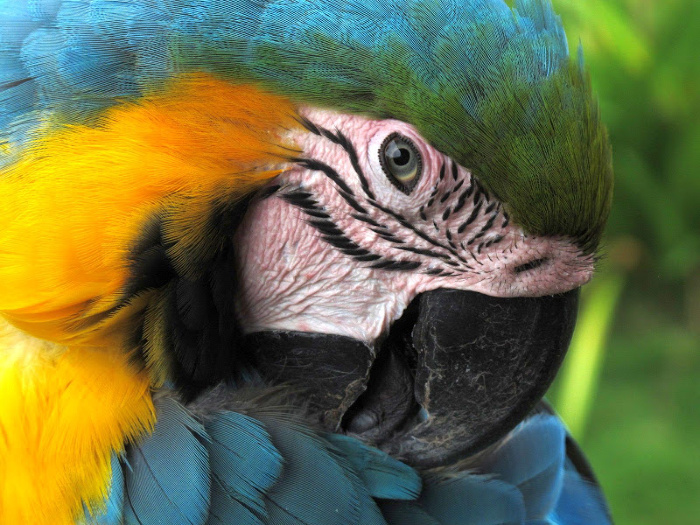
In the 1980s, burning rainforests in Brazil drew worldwide attention to the plight of the Amazon Basin: Without a plan for development and conservation, would this vast forested “lungs of the world” disappear? And would it take with it all benefits to global air and water, human and animal diversity, scientific and medical advances?
Many international organizations rushed to develop plans for conservation and development of the lower Amazon. In the late 1990s, however, a small group of conservationists looked higher, to the source of the Amazon. Our Co-Founders Adrian Forsyth and Enrique Ortiz developed our founding program that provided support for Brazil nut harvesters in Peru as an incentive for protecting the forest, the first of many locally driven, pragmatic conservation solutions that are the hallmark of our organization.
Two decades in, we have protected over 8.15 million acres of rainforest; provided cutting-edge tools to government and forest users to protect their lands; empowered hundreds of indigenous communities to develop forest-friendly livelihoods; and hosted thousands of scientists pioneering innovative research at our three conservation hubs. We have made a difference.
The threats to a healthy Amazon are multiplying. Now is the time to intensify our efforts to stop deforestation, partner with Amazonian people to find a more sustainable path to their own vision of development, build greater climate resilience, and support good governance to conserve the ecosystems and biodiversity on which we all depend.
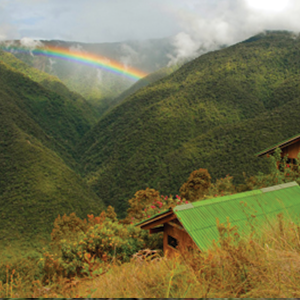
As local conservationists, we have a direct stake in the region, which gives us a long-term perspective on the history and needs of the forest while remaining agile, resourceful, and responsive to addressing present and future challenges and threats. We are here to stay.
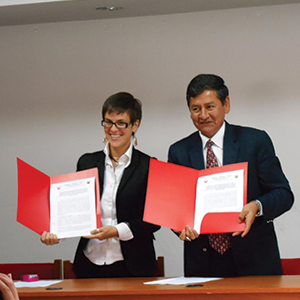
We build close relationships with local people and governments, based on mutual trust, understanding, and a commitment to conserving the Amazon.
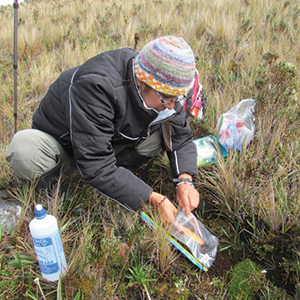
We apply science to gain a deeper understanding of the biodiversity and conservation needs of the Amazon, and support cutting-edge scientific research at our three conservation hubs in the Peruvian Amazon.
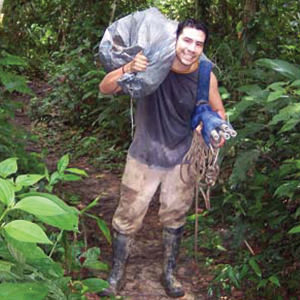
We provide education, support, and inspiration to the next generation of conservationists, to carry on the crucial work needed to save the Amazon.
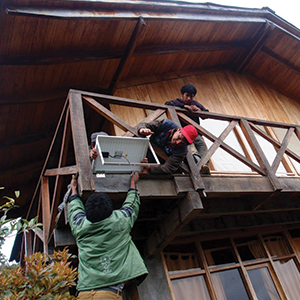
We pioneer new ideas and methods to creatively solve the Amazon’s complex conservation issues, as well as pilot and deploy the latest in technology with the potential to transform the future of conservation.
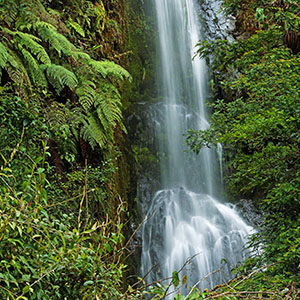
To save the greatest rainforest on Earth, we focus on empowering people, protecting wild places, and putting science to work
Learn More >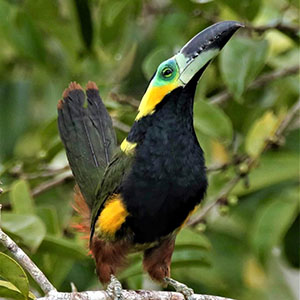
Our holistic approach allows us to have an incredible impact on the wildlife in the Amazon
Learn More >